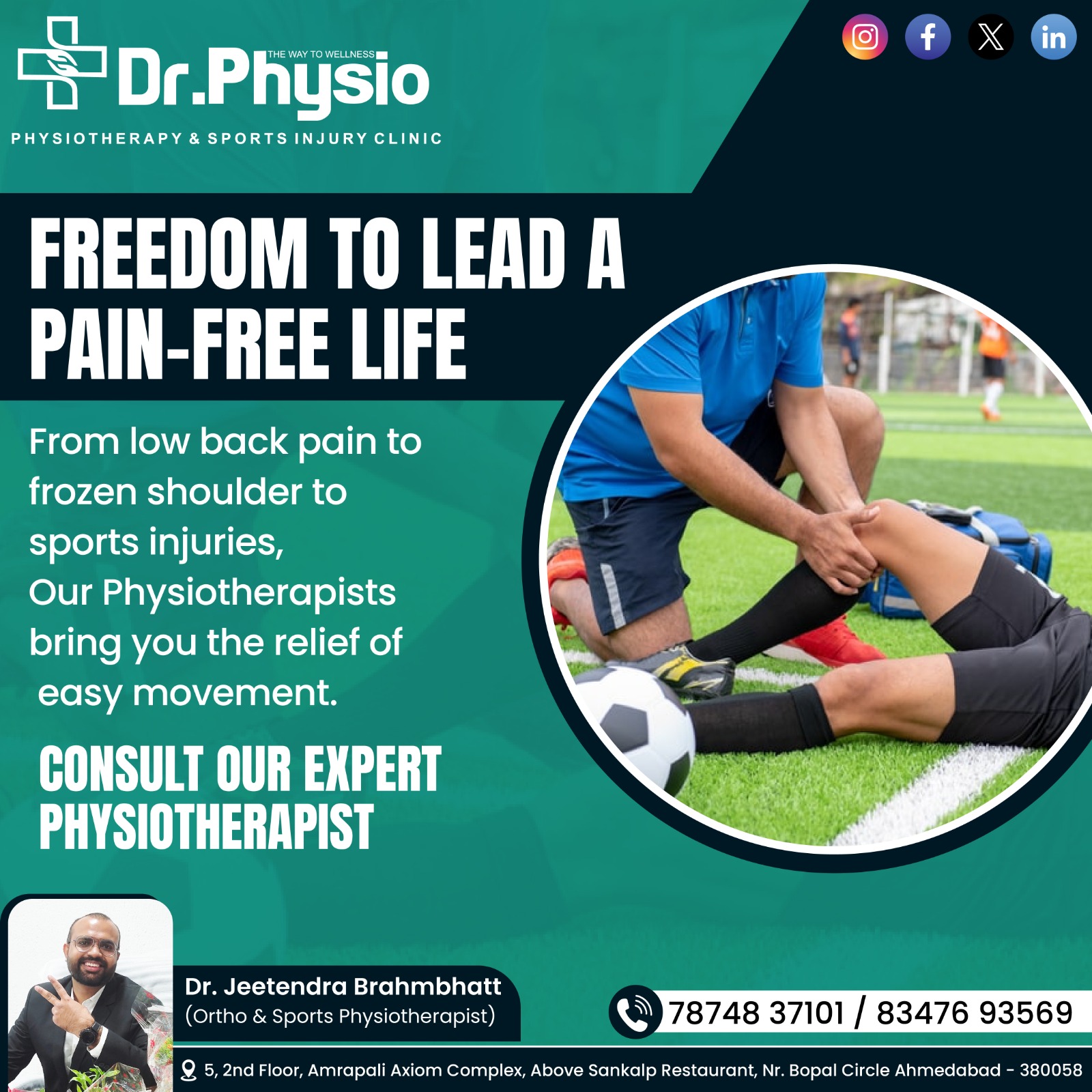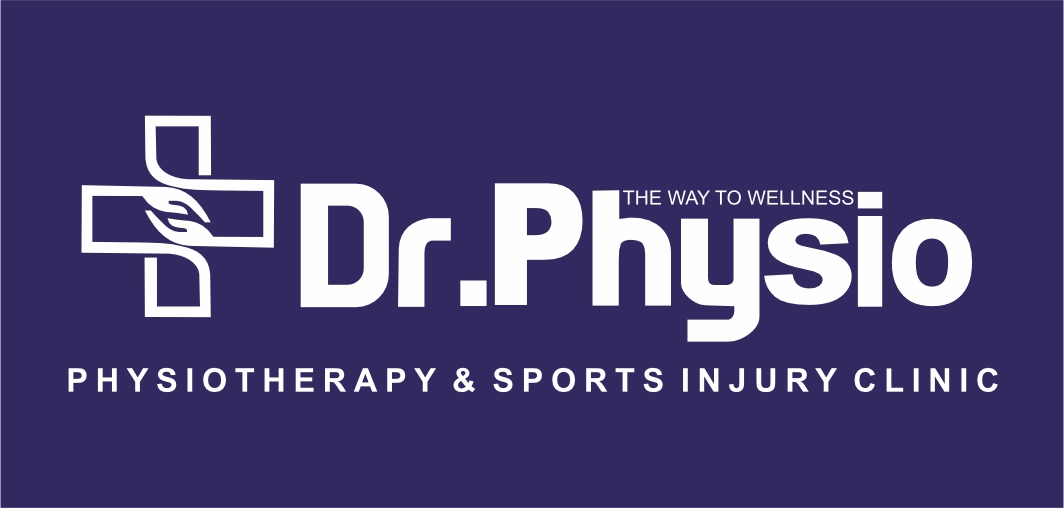+918048039022

This is your website preview.
Currently it only shows your basic business info. Start adding relevant business details such as description, images and products or services to gain your customers attention by using Boost 360 android app / iOS App / web portal.
Exercises play a vital role in the rehabilitati...

Exercises play a vital role in the rehabilitation of sports injuries, aiding in the restoration of strength, flexibility, mobility, and functional movement patterns. Here are some common types of exercises used in sports injury rehabilitation: 1.Range of Motion (ROM) Exercises: These exercises focus on improving joint flexibility and mobility, which may be restricted following an injury. Examples include gentle stretching exercises, joint mobilizations, and range-of-motion drills to gradually increase the flexibility of muscles, tendons, and ligaments surrounding the injured area. 2.Strengthening Exercises: Strengthening exercises are essential for rebuilding muscle strength and endurance, which may have been compromised due to injury or inactivity. These exercises target specific muscle groups involved in the athlete's sport and may include bodyweight exercises, resistance training with bands or weights, and functional movements to mimic sport-specific actions. 3.Proprioception and Balance Exercises: Proprioception refers to the body's awareness of its position in space and its ability to control movement. Proprioception and balance exercises help improve neuromuscular control and coordination, reducing the risk of re-injury. Examples include single-leg balance exercises, stability ball drills, and proprioceptive training on unstable surfaces. 4.Core Stability Exercises: The core plays a crucial role in providing stability and support for the entire body, especially during athletic movements. Core stability exercises target the muscles of the abdomen, lower back, and pelvis to enhance core strength and control, which is essential for optimal performance and injury prevention. Examples include plank variations, abdominal crunches, and stability ball exercises. 5.Functional Rehabilitation Exercises: Functional exercises aim to replicate the movements and demands of the athlete's sport, helping to bridge the gap between rehabilitation and return to play. These exercises focus on improving sport-specific skills, agility, power, and dynamic movements while gradually increasing intensity and complexity. Examples may include agility drills, sport-specific drills, plyometric exercises, and sport-specific strength training. 6.Cardiovascular Conditioning: Depending on the nature of the injury and the athlete's fitness level, cardiovascular conditioning exercises may be incorporated to maintain cardiovascular fitness and facilitate overall recovery. Low-impact activities such as swimming, stationary cycling, and elliptical training are often recommended to minimize stress on the injured area while improving cardiovascular endurance. It's important for exercises to be prescribed and progressed appropriately based on the individual athlete's needs, stage of recovery, and specific goals. Rehabilitation programs should be guided by qualified healthcare professionals, such as physiotherapists or sports therapists, who can tailor exercise prescriptions to address the unique requirements of each athlete's injury and sport. Additionally, exercises should be performed with proper form and technique to maximize effectiveness and minimize the risk of further injury. Remember that every individual and injury is unique, so it's essential to work closely with your physiotherapist.we are providing a customized treatment plan that meets your specific needs and circumstances . If you have any questions or need guidance on a specific topic related to physiotherapy call us 7874837101 / 8347693569. we are happy to help you .

